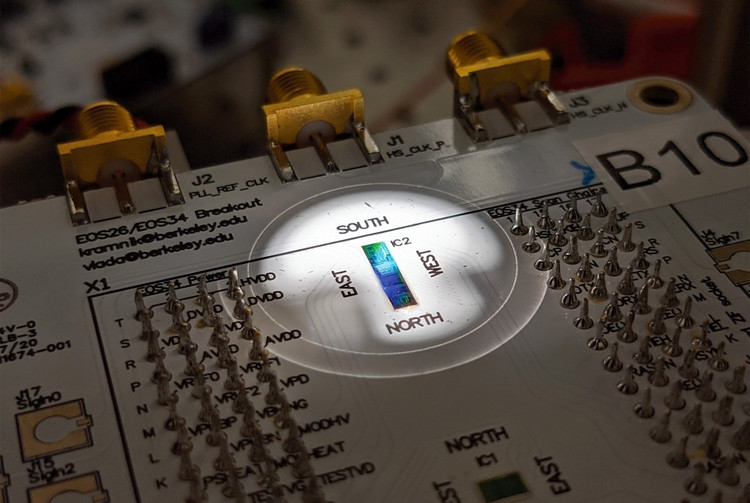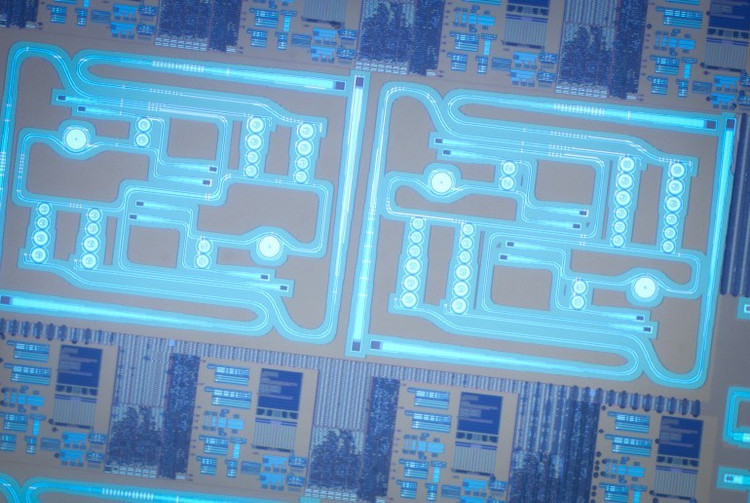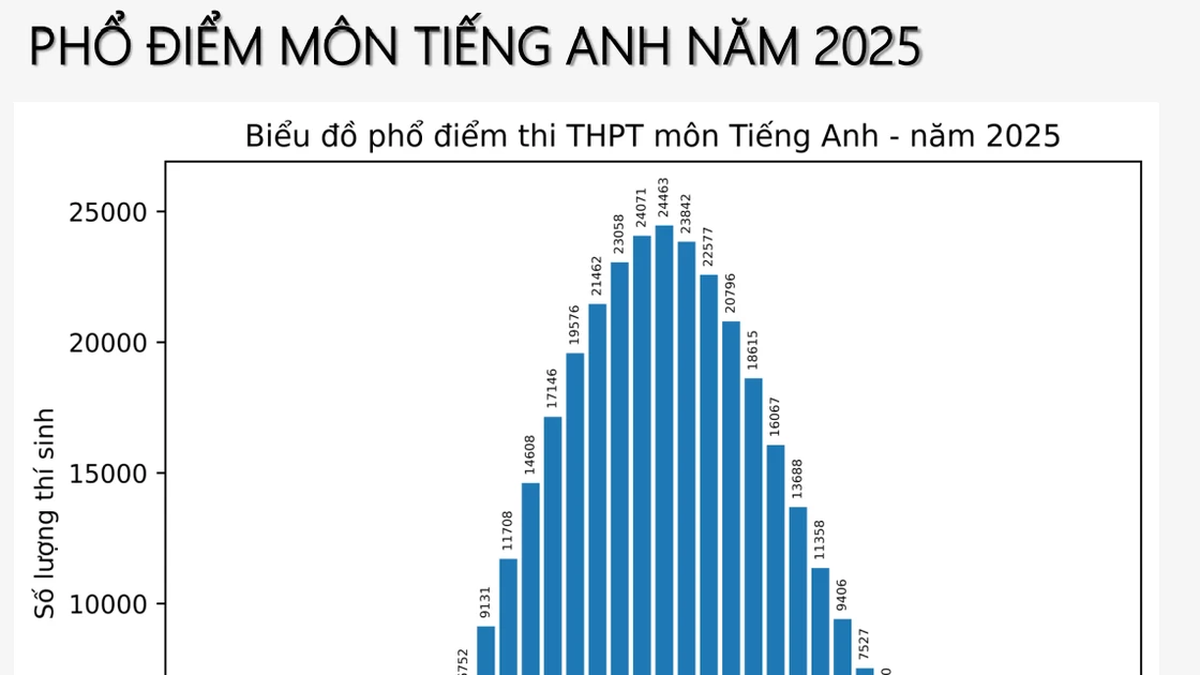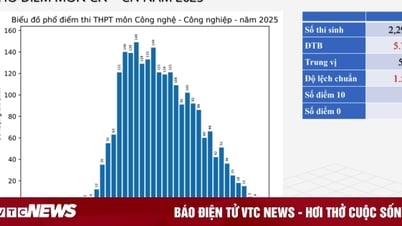For the first time, scientists have successfully integrated a quantum light source (photonics) and an electronic control circuit on the same microscopic silicon chip. This chip, only 1mm² wide, is capable of generating quantum photon pairs and adjusting the signal in real time - something unprecedented in the microchip technology industry.
The groundbreaking work was carried out by an interdisciplinary team from three of the nation’s top universities: Northwestern University, the University of California – Berkeley (UC Berkeley), and Boston University (BU). The chip was manufactured at a commercial semiconductor foundry using a standard CMOS process, similar to the technology used to manufacture general-purpose computer chips today.

Instead of requiring the bulky equipment and specially equipped labs of the past, the new chip can generate and control quantum light by integrating several tiny components: ring resonators, photoelectric sensors, and thermal feedback circuits. When a laser is shined on the resonator rings etched on the surface of the chip, it creates pairs of photons with entangled quantum states, the basis of qubits of light.
Unlike previous systems, which are sensitive to temperature and prone to disturbances, this chip can self-calibrate thanks to a built-in feedback mechanism. Sensors continuously monitor the light source and send signals to the heater to ensure optimal conditions. This entire process takes place on the chip without the need for any external devices.
More importantly, the chip is manufactured using a 45nm CMOS process – meaning no dedicated fab is required, low manufacturing costs and high scalability. This is an extremely important step for quantum technology to move out of the experimental environment and towards large-scale commercialization.

The combination of three technological areas: classical electronics, photonics and quantum – which have traditionally been developed separately – creates a unified and efficient architecture. The research team co-designed the chip from the beginning to ensure that the components are compatible and work together, helping the chip operate accurately and stably.
With outstanding advantages in compactness, self-operating ability and ease of production, this quantum chip will be the foundation for many practical applications: from anti-eavesdropping communication networks, new generation medical sensors, to quantum processing systems that can replace supercomputers in the future.
This is also a sign that quantum computing is gradually crossing the boundary between research and application. The successful construction of this chip is not only a technical milestone, but also a strategic step in bringing quantum technologies to the real world .
Source: https://khoahocdoisong.vn/con-chip-luong-tu-dau-tien-tu-tao-va-on-dinh-anh-sang-post1554962.html






































































































Comment (0)